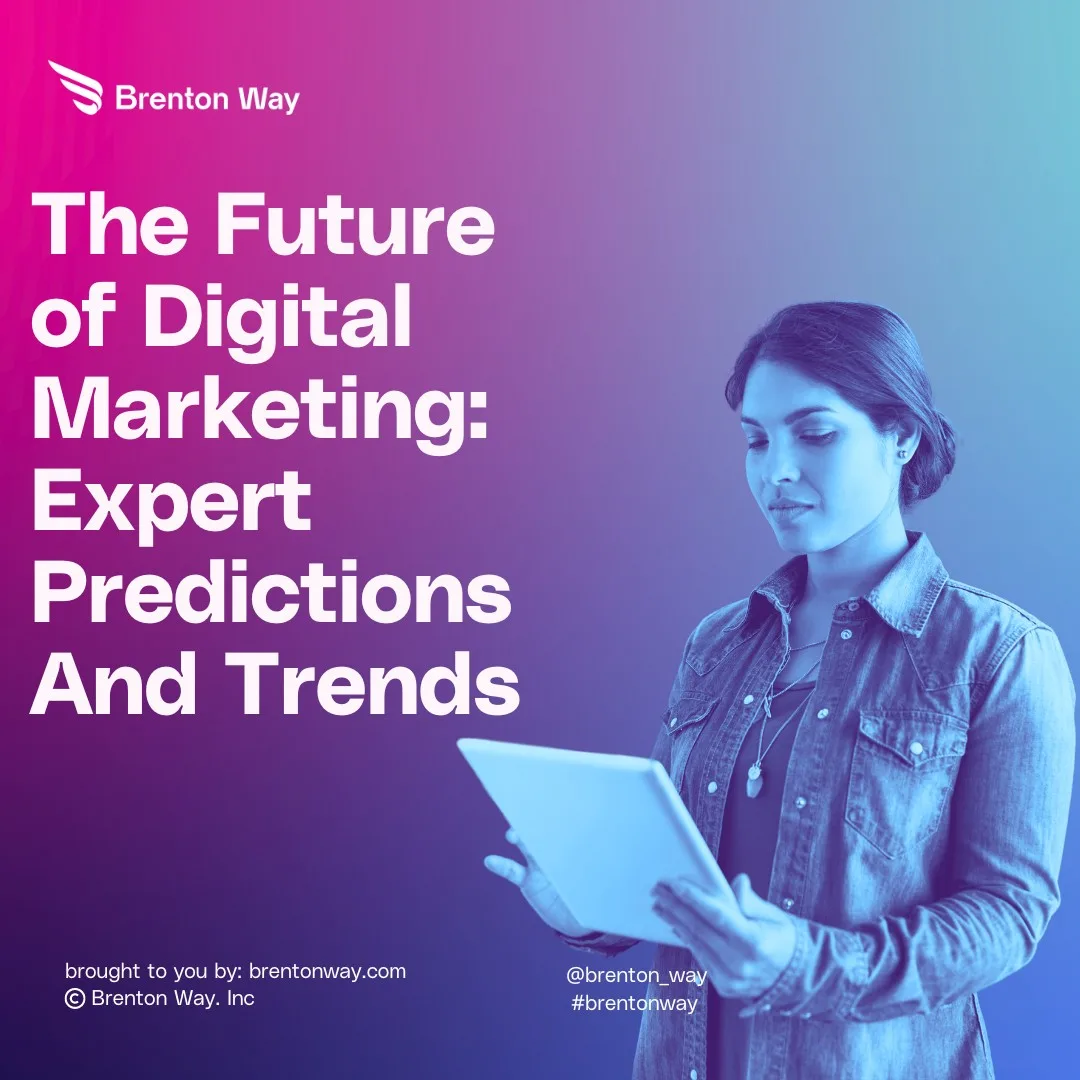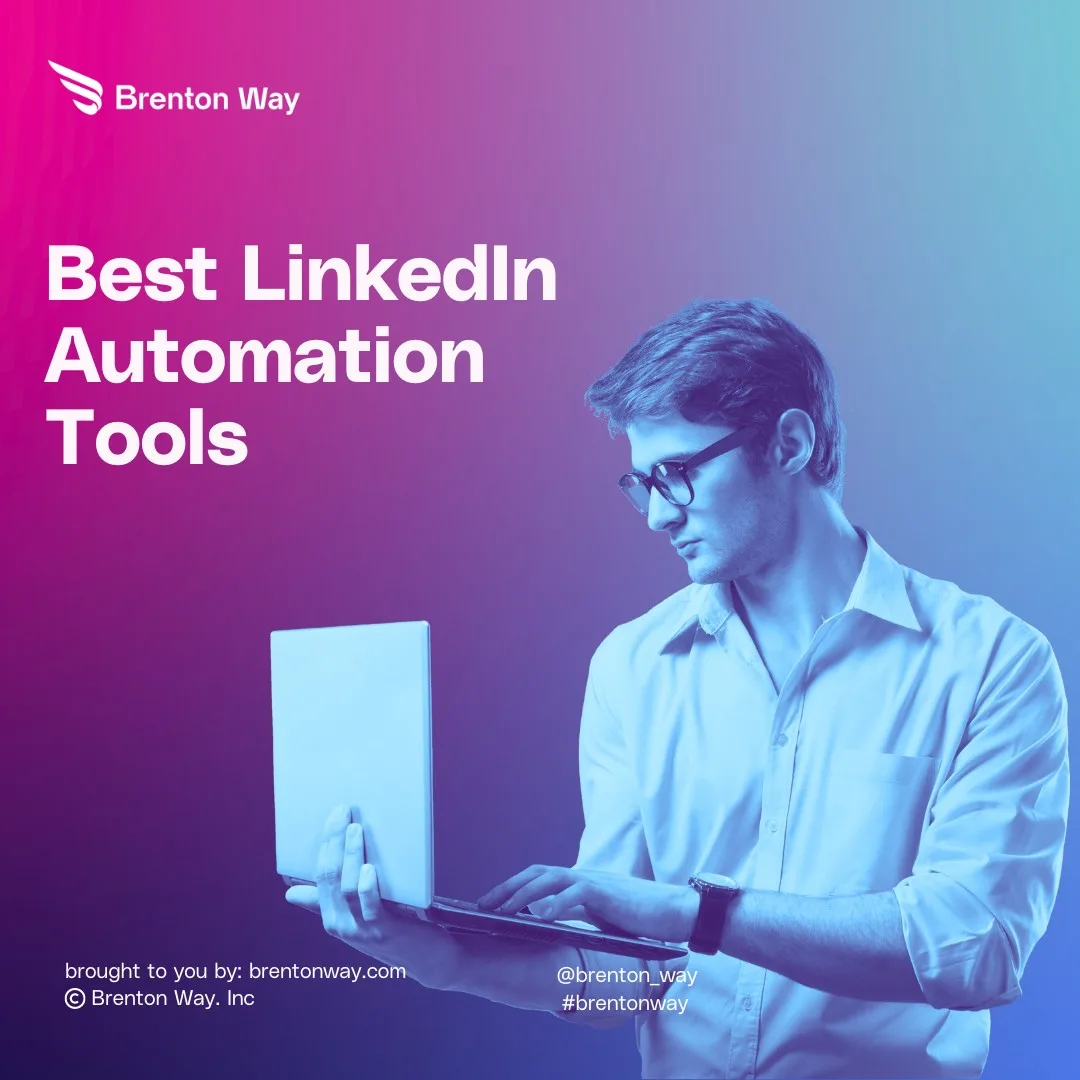
The B2B sales process is the lifeblood of your business. If you’re a B2B, no sales mean no revenue. Without revenue, how are you supposed to keep the ship afloat? The B2B sales funnel is defined a million different ways by as many people. In short, it’s the set of strategies and processes used to […]
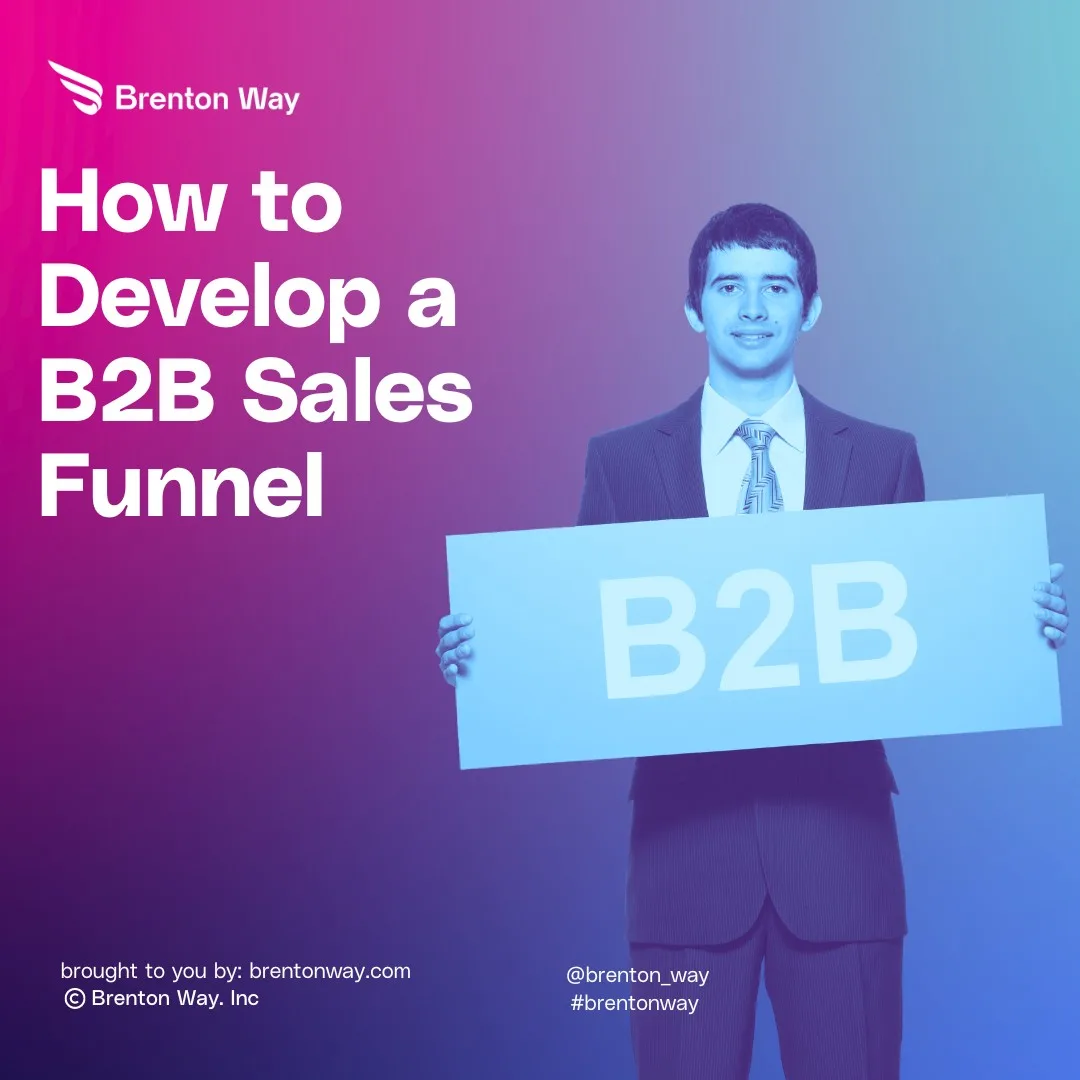
The B2B sales process is the lifeblood of your business. If you’re a B2B, no sales mean no revenue. Without revenue, how are you supposed to keep the ship afloat? The B2B sales funnel is defined a million different ways by as many people. In short, it’s the set of strategies and processes used to shuttle leads from the beginning of the sales process through closing the deal (and beyond). Further adding to the mix are sales pipeline stages. Some sources use the terms sales pipeline stages and B2B sales funnel interchangeably, but there is a difference. Where a B2B sales funnel is a visualization the stages of the buyer’s experience, the sales pipeline stages represent the steps taken by the seller during the sales cycle. The two are similar and work together but maintain a few distinguishable differences.
For simplicity, we’ll begin with an examination of the B2B sales process. How do you develop your B2B sales funnel? What are the steps in the process?
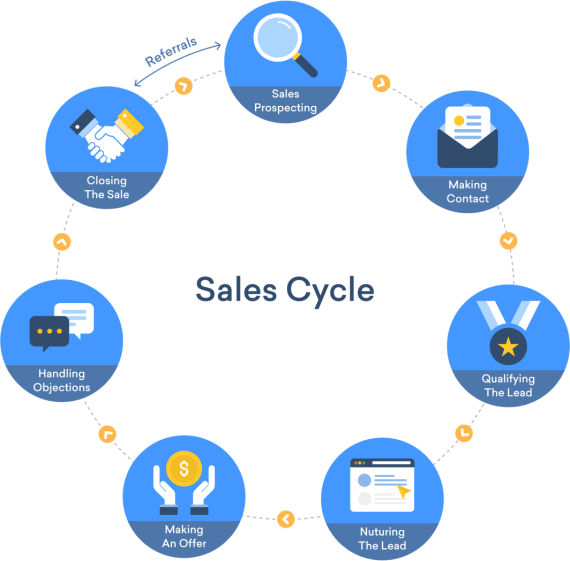
The B2B Sales Process isn’t the same today as it used to be. With changes in how people and businesses communicate, of course, change was inevitable. But what is it, in the first place? As previously mentioned, the B2B sales process, or B2B sales funnel, is a set of strategies implemented to move a lead through to the final close of a deal. This will include lead nurturing, contact, and negotiations. A further step, often overlooked, is following up after the purchase is made. This can use in both keeping a customer as well as presenting the opportunity to make further sales more easily. Incorporating effective B2B lead generation channels into your strategy is also crucial. With only 25% of businesses reporting being happy with their conversion rates, the importance of your sales funnel can’t be overstated.
The B2B purchase funnel, as it’s also known, isn’t a one-size-fits-all checklist. There are as many different ways to build a B2B purchase funnel as there are businesses to use them! Each will be unique so optimizing your funnel for your products or services is crucial.
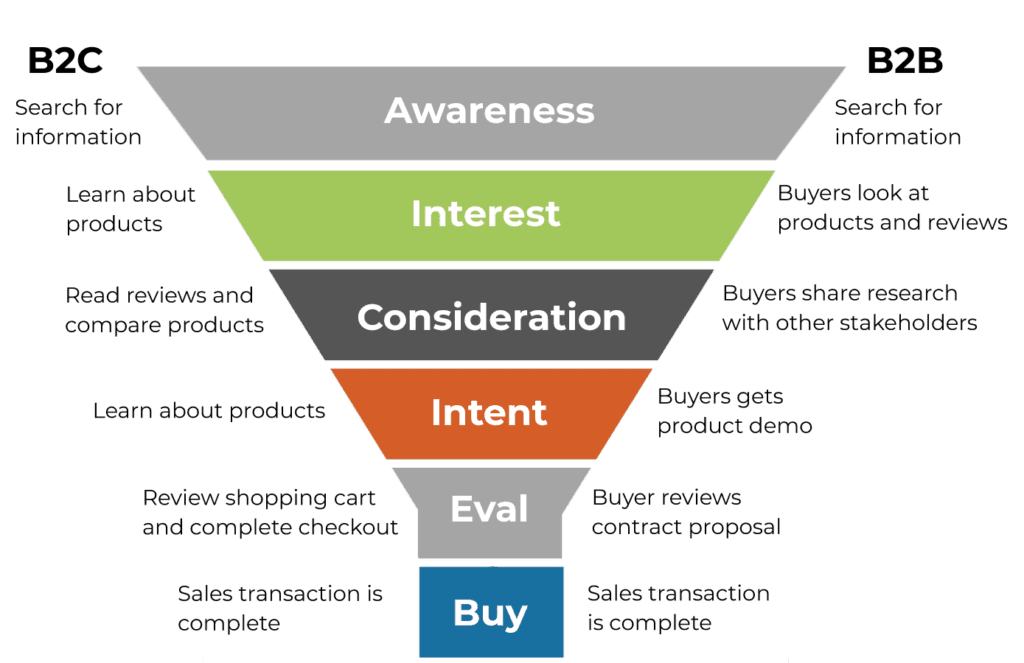
It’s referred to as a funnel because it’s a visualization of the progression of leads converting to being paying customers. The idea is that you’ll have more leads at the beginning of the process, who will narrow themselves down in number along the way. We break down the B2B purchase funnel into seven phases. These are:
This is when a potential customer becomes aware of your company and product. Without awareness, they don’t know you exist to help them! For this, you need to pursue lead generation. This can be accomplished through ad campaigns, SEO practices to improve organic search, etc.
This is when it’s on your business to begin fostering a relationship and building trust. In the interest stage, a lead has begun doing research into your products or services to gain more knowledge about them. Clear, relevant communication is always key to lead nurturing.
During the evaluation stage of the B2B purchase funnel, your potential lead has warmed to your business. They haven’t committed yet, however. At this stage, drip campaigns are exceptionally beneficial. Things like free trials and targeted content for their needs can help lead them further down the funnel. Resist any urge to bombard them with useless material but, as always, relevant communication is essential. Nurturing your lead is paramount as they’ve likely narrowed their choices down to a very select few.
True to its name, in the decision phase of the B2B sales process the customer has committed to your product or service. They’ve made the choice that what you provide will serve them best. In a B2B purchase funnel, this stage will likely include negotiations. Proposals will be created, rates will be negotiated, and the final details determined.
Purchasing in a B2C funnel may be a one-time sale of a product. In a B2B purchase funnel, the purchase stage may be a one-time product sale or include signing a contract for ongoing services. Both of these types of purchases in the B2B sales process lead to further opportunities for your business. Where many go wrong is thinking that the purchase is the end and final touchpoint. Sure, a purchase may fulfill the sales pipeline stages for that service with that customer, but wouldn’t you prefer repeat customers? Wouldn’t you prefer warm leads via referrals or opportunities to sell further services to your already-converted customer?
The reevaluation process is where the customer will decide whether your product or service is worth their reinvestment. At this phase, your B2B customers are examining contracts up for renewal. Have they seen the benefit you were hired to provide? Has their experience been positive? This is why communication is key throughout the entire B2B sales process even beyond the purchase stage. Clients are more likely to have a positive experience if they haven’t felt like you’ve dropped them the moment you got what you wanted. In addition to their comfort, communication allows you to upsell further services if they will also fit your client’s needs. How will they know what else you can do unless you follow up and express it to them?
The last stage of our B2B sales funnel is the repurchasing stage. Also clearly denoted by the name, repurchasing is when a customer comes back to your business to repurchase a product or service. It can also be a customer coming to purchase new services. In an ideal situation, not only can you renew your previous contract but add to it. This is a testament to your work and benefits both sides.
Developing a B2B sales funnel sounds very clinical, but in reality, it’s very logical. Break down how long each stage is expected to take in your sales cycle to make the process easy. Make sure you’re clearly solving a problem or filling a need, and articulate that through the process. To sell a service, you need to make a connection with your lead. They have to become aware of their need and see how you can provide it. Most importantly, they have to trust your business.
Brenton Way can help you generate leads and build a sales funnel that converts. Contact us to learn more about how we can work together!


